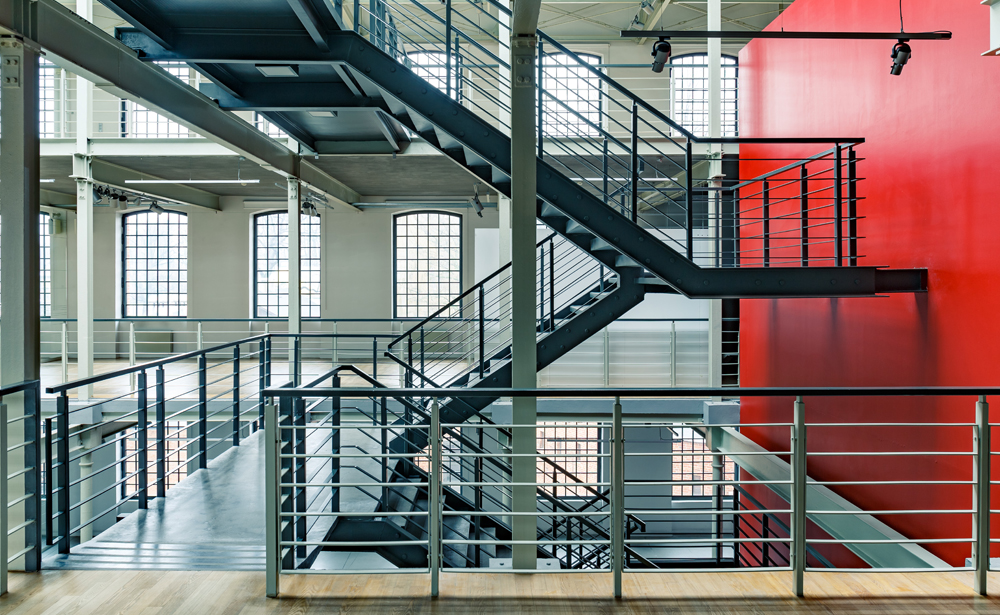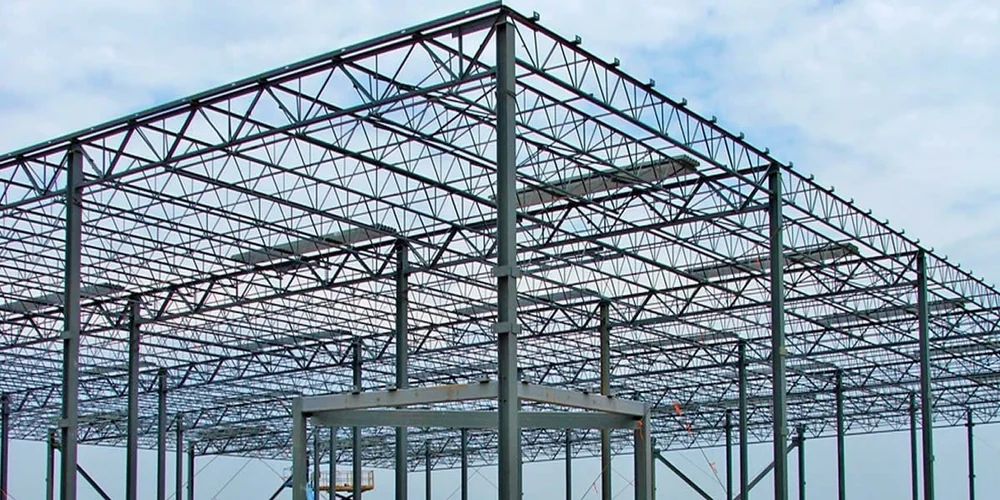In the realm of modern construction, the concept of sustainable architectural metal fabrication is gaining significant traction. As industries strive towards eco-friendly practices, the integration of sustainable methods in metal fabrication is not only essential but also innovative. This article delves into the nuances of sustainable metal fabrication, highlighting its importance and implementation in the architectural world.

Understanding Sustainable Metal Fabrication
Sustainable metal fabrication refers to the practice of using environmentally friendly methods to fabricate metal components. This approach minimizes waste, reduces energy consumption, and promotes the use of recyclable materials. In architectural contexts, this means creating structures that are not only durable but also environmentally responsible.
Materials Used in Sustainable Fabrication
One of the primary aspects of sustainable architectural metal fabrication is the choice of materials. Recycled metals such as aluminum and steel are commonly used due to their durability and recyclability. These materials can be repurposed multiple times without losing their strength, making them ideal for sustainable construction.
Techniques for Eco-Friendly Fabrication
Advanced techniques such as laser cutting and water jet cutting are utilized in sustainable metal fabrication processes. These methods are precise, efficient, and produce minimal waste. For more information on precise cutting techniques, visit Precision Cutting.
The Benefits of Sustainable Fabrication
Incorporating sustainable practices in metal fabrication offers numerous benefits. Not only does it contribute to environmental conservation, but it also enhances the longevity and performance of architectural structures. Furthermore, sustainable fabrication often leads to cost savings in the long run due to reduced material use and energy efficiency.
Environmental Impact
The environmental impact of sustainable architectural metal fabrication is profound. By reducing waste and energy consumption, these practices significantly lower the carbon footprint of construction projects. This aligns with global efforts to combat climate change and promote sustainable development.
Economic Advantages
Sustainable fabrication practices often result in economic benefits. By optimizing material usage and energy consumption, companies can reduce costs and improve profitability. Additionally, using recycled materials can lower expenses, making projects more economically viable.
Implementing Sustainable Practices in Architecture
The transition to sustainable architectural metal fabrication requires a shift in mindset and practices. Architects and builders must prioritize eco-friendly materials and methods in their projects. This involves collaborating with fabricators who specialize in sustainable practices. To learn more about selecting the right fabricator, read Choosing a Fabricator.
Collaboration with Fabricators
Successful implementation of sustainable fabrication practices depends on collaboration between architects and fabricators. By working closely, they can ensure that the design and construction processes are aligned with sustainability goals.
Design Considerations
Design plays a crucial role in sustainable metal fabrication. Architects must consider the lifecycle of materials and the environmental impact of their designs. This involves selecting materials and techniques that reduce waste and optimize energy use.
Challenges and Solutions
Despite the benefits, the adoption of sustainable architectural metal fabrication faces several challenges. These include higher initial costs, limited availability of recycled materials, and the need for specialized skills. However, solutions are emerging, such as technological advancements and increased industry collaboration.
Overcoming Cost Barriers
While sustainable practices may have higher upfront costs, they often lead to savings in the long term. Companies can overcome cost barriers by investing in efficient technologies and forming partnerships with suppliers.
Skill Development
The implementation of sustainable fabrication requires skilled professionals. Therefore, training and education programs are essential to equip the workforce with the necessary skills.
The Future of Sustainable Fabrication
The future of sustainable architectural metal fabrication is promising. As technology advances and awareness grows, sustainable practices are expected to become the norm in the construction industry.
Technological Innovations
Emerging technologies such as 3D printing and automation are revolutionizing the metal fabrication industry. These innovations offer new opportunities for sustainable practices by enhancing precision and reducing waste.
Industry Trends
The construction industry is increasingly adopting sustainable practices. This trend is driven by regulatory requirements, consumer demand, and the recognition of the long-term benefits of sustainability.
Conclusion
Sustainable architectural metal fabrication is not just a trend; it is a necessity for the future of construction. By embracing eco-friendly practices, the industry can build structures that are not only functional and aesthetic but also environmentally responsible. For further insights into architectural metals, visit this external resource.

FAQs
What is sustainable architectural metal fabrication?
Sustainable architectural metal fabrication involves using eco-friendly methods and materials to create metal components for construction, minimizing waste and energy use.
Why is sustainable fabrication important?
Sustainable fabrication is crucial for reducing the environmental impact of construction, conserving resources, and promoting long-term economic benefits.
How can architects implement sustainable practices?
Architects can implement sustainable practices by selecting eco-friendly materials, collaborating with specialized fabricators, and incorporating efficient design techniques.
This article contains affiliate links. We may earn a commission at no extra cost to you.

